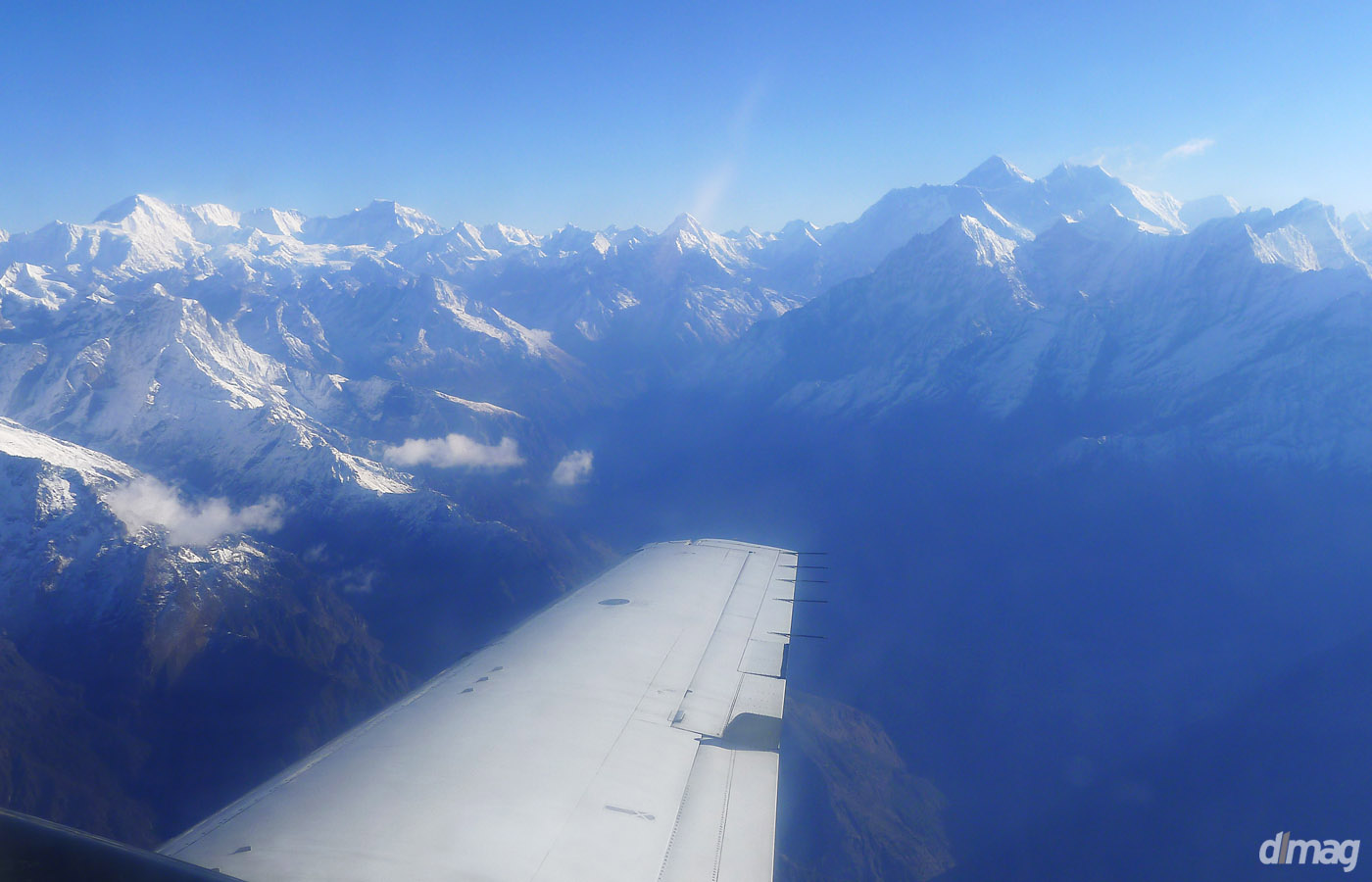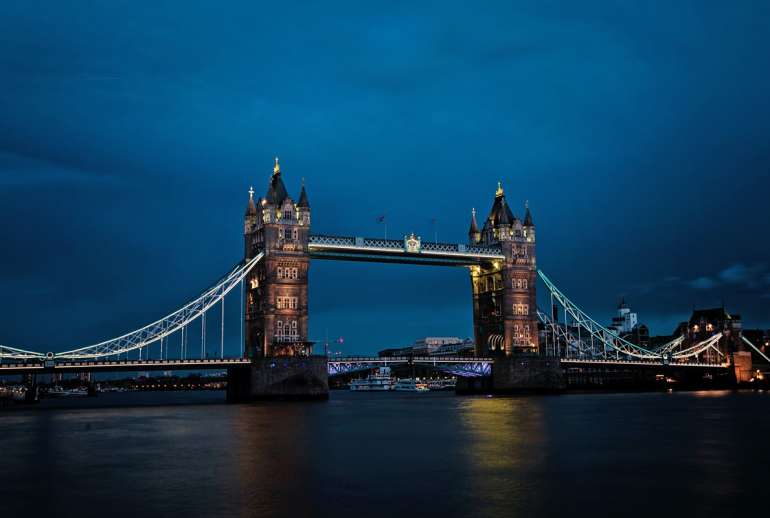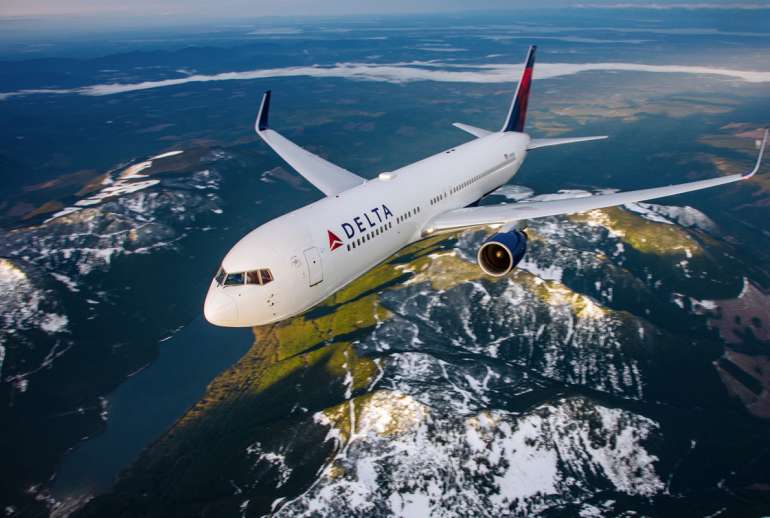Have you ever fancied climbing up Everest? I used to all the time. That is, until one day when a very kind and wise astrophysicist put it in simple statistical terms that anyone can understand, “You realize that climbing up Everest is tantamount to playing a game of Russian Roulette, with a loaded revolver.” Yes, it’s that easy to die while attempting a summit of the world’s highest peak at 8,848-meters. So if you’re a gambling kind of man or woman then go for it. But there’s something you should know in advance, namely the expenses that the trip will incur.
Climbing Everest is definitely not something every person can afford. Okay, it’s not as expensive as booking passage as a space tourist to the ISS, but, it’s still way out of the ball park for most. You may live to tell the tale of your epic journey, and there’s a very real possibility that you will not. But, either way, whether you live or die, isn’t not cheap.
Climbing Everest is both pricey and dicey
The thing is that when you give $45,000 USD to climb a mountain, it tends to make you more committed to doing it. This can backfire on you when such a financial expense encourages you to dispense of your better judgement. All you have to do is recall recent scenes of the crazy long bottle neck at the Hillary Step this past climbing season. You’re more willing to stick out a dangerous situation that you may not have the luxury to say afterwards … “Remember that time when I was stuck in a bottle neck at the top of Everest and my gut told me to turn around early”, because you didn’t, and then you died.
Forget about storms and what not, putting your body through Hypoxic conditions and the freezing cold is enough to make you pass away while in your sleep en route. And should things turn out for the worse, extreme conditions prevent protocols from being put in place when someone dies on the mountain. Search, rescue, and retrieval operations are in turn, high risk for those involved – oh, and extremely expensive.
Should you conk out in a permanent way on Everest, the cost for recovery and retrieval of a body is between $20,000 and $70,000 USD. This is why many climbers, whose lifelong ambition is to get there but who have limited funds will choose to remain “committed” to the mountain; meaning, that if they don’t make it out alive, they’ll remain entombed in a snowy grave, indefinitely.

When an accident occurs on Everest, in general, a team of four to eight Sherpas is sent. The team must be properly trained, well acclimatized, and strong enough to withstand the extraordinary feat. Often, these highly skilled individuals must climb in weather-adverse conditions, risking their own lives in turn. If they are able to reach the deceased person, the body is then secured onto a stretcher and brought down carefully. If that phase of the recovery operations goes well, the body is then transported via helicopter from base camp to the Nepalese capital of Kathmandu.
If you are planning to climb Everest, it’s important to think about or discuss with your family ahead of time what you’ll choose to do. It’s a must when climbing mountains like Everest.



